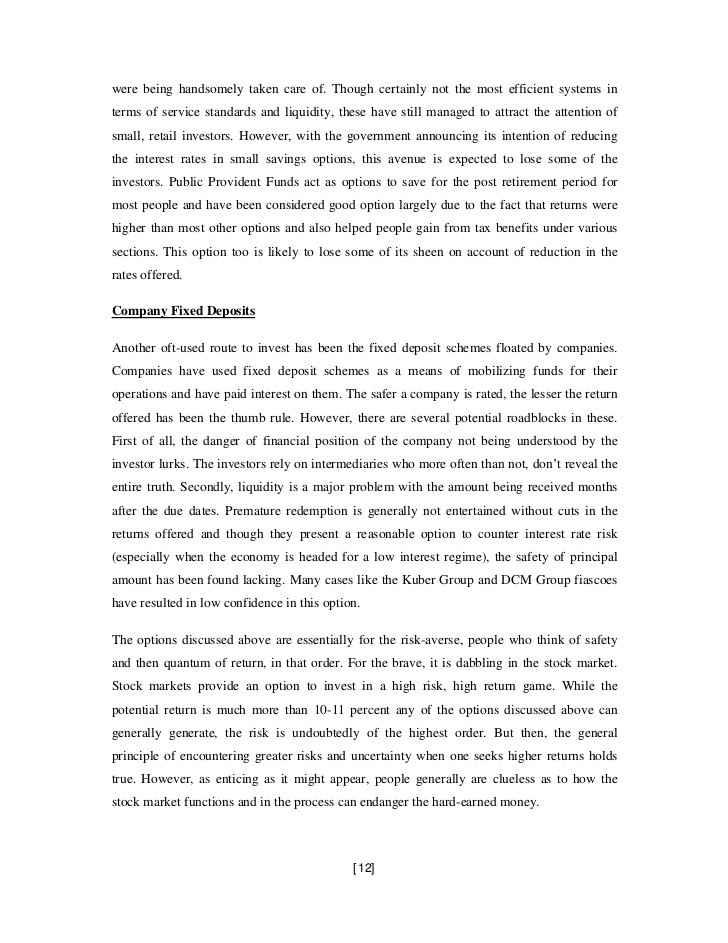Retail Investo How To Keep Track Of Your Stock Portfolio Performance and Savings Investor
Post on: 22 Июнь, 2015 No Comment

TO-DO LIST
Measuring your portfolio’s performance is necessary to honestly evaluate whether the excess returns (over the passive index approach) adequately pay for your time and effort. Of course you may enjoy the ‘game’ for its own sake. Regardless, you need to know how much your fun may be costing you. See this research paper concluding that investor’s perception of their own performance has ZERO correlation to their actual results. The following three steps (weekly, monthly, yearly) should keep you in charge of your portfolio, without allowing it to take over your life.
Investors should make a conscious decision regarding how frequently they monitor their investments. There are two human failings that must be acknowledged. First, the more frequently a portfolio is monitored, the more investors are driven by market noise rather than long-term fundamentals. Second, investors assign a higher mental weight to a $100 loss than to a $100 gain — we are risk adverse. These failings feed off each other to your detriment. More frequent monitoring allows you to ‘see’ temporary losses. Those losses will triggers sales even though your other holdings may have profits. Less frequent monitoring is better than more frequent. Lack of attention prevents flip-flop decisions, and bandwagon jumping, and frequent trading.
- Weekly : You want to access the news, charts and price-percent-changes of your holdings in one place. You do NOT want your personal purchase price showing here. Selling decisions should be based on a forward-looking opportunity basis, not based on whether you have broken even or earned 30%, etc. That is just the kind of disfunctional behavior that technical traders rely on. The vast majority of new investors stubbornly ignore this advice. They want that cost$$ and are convinced that Behavioral Finance does not apply them.
One easy way to keep up on the news for your stocks is to create a WatchList at GlobeInvestor.
- It is quick to add and delete names
- All the news, on all your stocks, is on one page. Choose the View called All News’.
- You can check in weekly to get the % change over that period. Using either the ‘Percent Performance’ view or ‘Build-your-Own’ view, click the ‘5-Day-Chg’ column heading to sort the holdings. This is the only website that has this option. It is invaluable for weekly tracking. If your benchmark ETF is included then you see immediately which did better or worse.
- The ‘Ratios’ view can be used to Copy-Paste current stock prices into the monthly spreadsheet talked about below.
- Include the US$/Loonie index (FXUSC-I) and you have the currency exchange rate for translating US stocks.
It is a good idea to choose Thursday for your weekly check-up. A lot of people wait for the end of the week and then react at Monday morning’s opening bell. If actions are needed they is better done the same week.
Click to enlarge.
Click to enlarge.
Notice that each year’s return is weighted equally. The multi-year rate of return generated is comparable to other people’s. When asked what your long-term rate of return is, this un-weighted calculation is your answer. This is how every index is calculated. This is what every mutual fund does. That is what you would do with any benchmark you use.
If you want to factor into your calculations the timing of your savings/draws don’t do it by rejigging your rates-of-return. It is more informative to weight the benchmark returns with those same cash flows (as done in the right column above). Compare your portfolio’s ending value to the benchmark’s ending value.
Some brokers and financial software measure multi-year returns using the Internal Rate of Return (IRR or XIRR) calculation. This weights the returns for different period by the amount of capital you have invested in those periods. When used on a multi-year period it is not a meaningful measure for any kind of comparative purposes.
To see this compare the IRR results of two people whose investments earned the exact same % each individual year. IRR would make it seem that Mr B’s returns were much higher, only because of the timing of the savings/withdrawals. When you are young, with a small portfolio, the size of your savings added will be large in comparison. The additions will have a huge impact on a calculated IRR.














